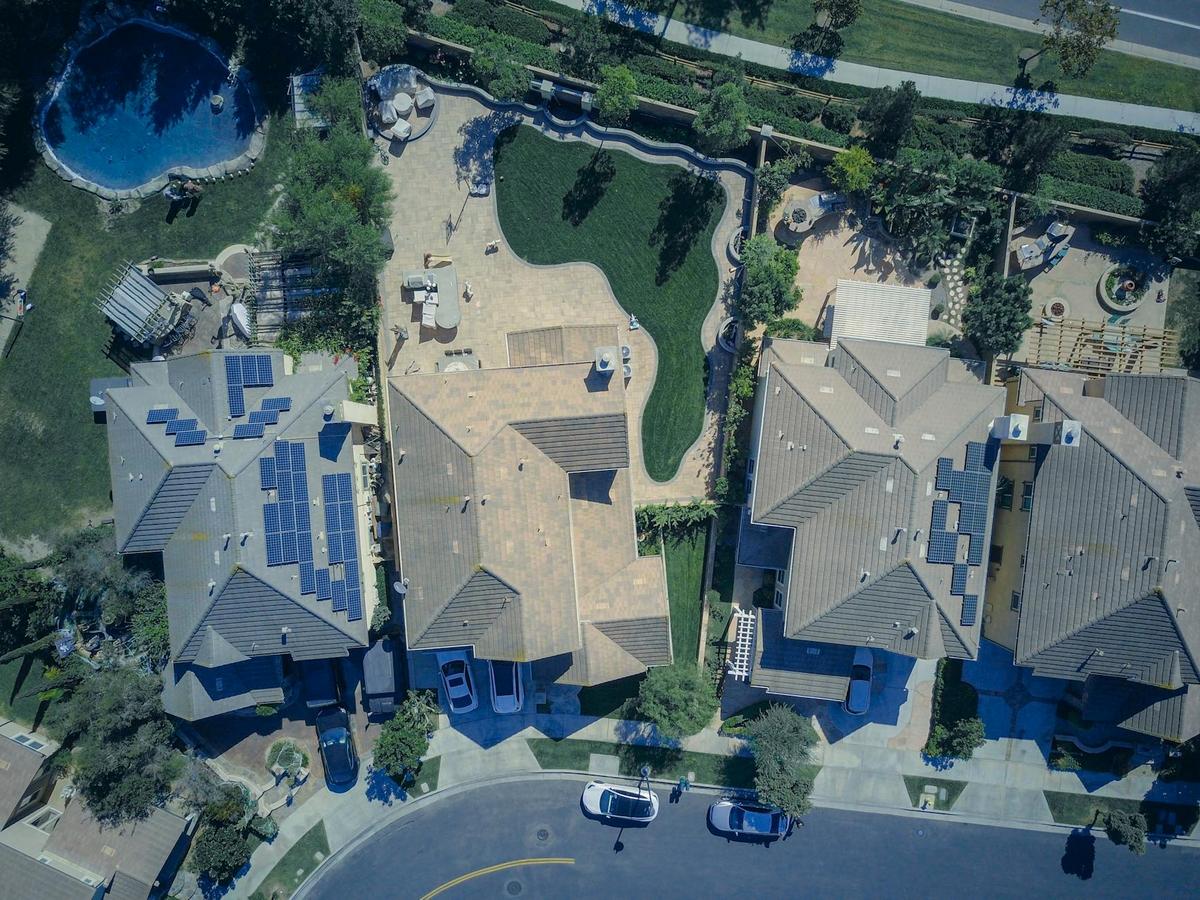
How Smart Home Technology Enhances Sustainability
As the world increasingly turns its focus toward sustainability, the integration of smart home technology has emerged as a powerful ally in the quest for more eco-friendly living spaces. This shift is not only transforming how we interact with our homes but also how we consume energy and resources within them.
The Role of Smart Home Technology in Sustainability
Smart home technology offers a wide array of tools and systems designed to enhance the energy efficiency and sustainability of residential spaces. From intelligent thermostats to smart lighting solutions, these innovations are paving the way for more sustainable living. According to a study by the International Energy Agency, smart home devices can reduce energy consumption by up to 10%. This is a significant figure considering the global push towards reducing carbon footprints.
Expert Insights
David Roberts, an energy analyst, notes, “Smart home technologies are essential in managing energy demand and integrating renewable energy sources into daily living.” His perspective highlights the potential of these systems to significantly impact energy management.
Practical Examples
Consider a scenario where a smart thermostat learns your daily routine and adjusts heating and cooling systems accordingly. This not only enhances comfort but also optimizes energy use. Similarly, smart lighting systems can adjust brightness based on natural light availability, reducing unnecessary electricity consumption.
Actionable Tips to Enhance Sustainability
- Invest in smart thermostats for precise temperature control.
- Use smart plugs to monitor and reduce standby power consumption.
- Install smart lighting systems that utilize motion sensors.
- Incorporate smart irrigation systems to manage water usage efficiently.
Real-World Applications
Smart home technologies are already being implemented in various real estate projects worldwide. Companies are developing smart communities with integrated systems that promote sustainable practices, offering a glimpse into the future of residential living.
Comparison of Smart Home Devices
| Device | Feature | Benefit |
|---|---|---|
| Smart Thermostat | Self-learning capabilities | Optimizes energy use |
| Smart Lighting | Motion sensors | Reduces electricity waste |
| Smart Plugs | Energy monitoring | Lowers standby power consumption |
| Smart Irrigation | Weather-based scheduling | Conserves water |
| Smart Appliances | Energy-efficient modes | Minimizes energy usage |
| Solar Integration | Renewable energy source | Reduces reliance on grid |
| Home Energy Management Systems | Real-time energy tracking | Increases awareness and control |
| Smart Security | Remote monitoring | Enhances safety with minimal energy |
Frequently Asked Questions
How do smart home technologies contribute to sustainability?
They reduce energy consumption through efficient management of resources and integration with renewable energy sources.
Are smart home devices cost-effective?
While the initial investment can be higher, the long-term savings on energy bills and the environmental benefits make them cost-effective.
Can smart home technology be integrated into existing homes?
Yes, many smart technologies can be retrofitted into existing homes, enhancing their energy efficiency.
Conclusion
Incorporating smart home technology into sustainable real estate is not just a trend; it’s a necessary step towards a more eco-friendly future. By embracing these innovations, homeowners can significantly reduce their environmental impact while enjoying enhanced convenience and cost savings. It’s time to explore the potential of smart technologies in creating a sustainable living environment.